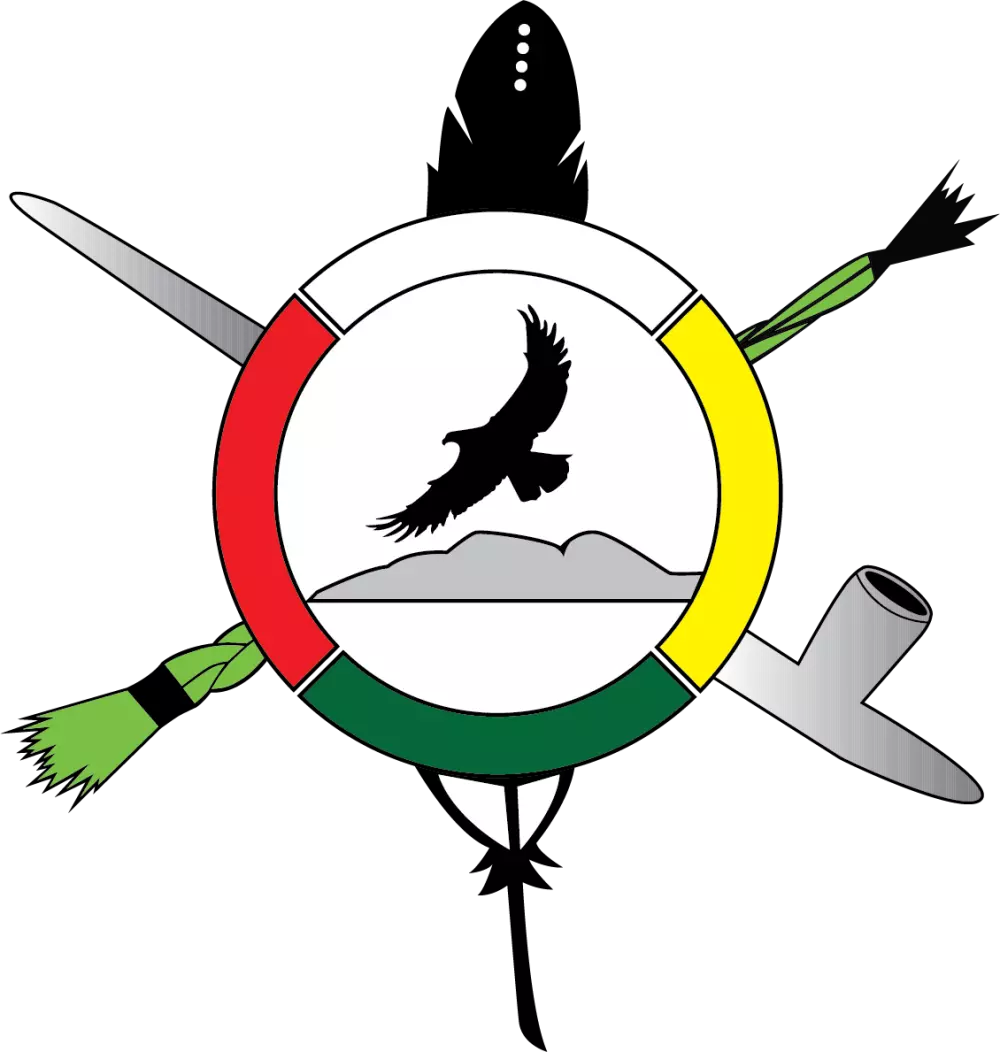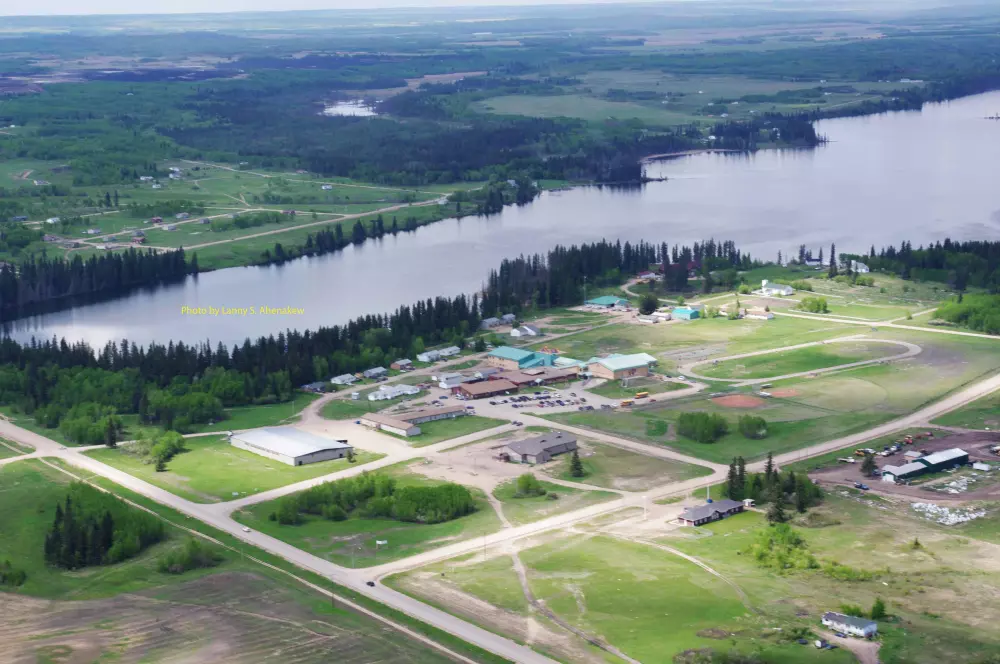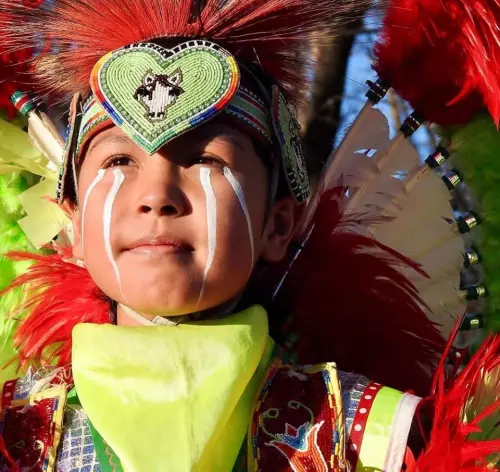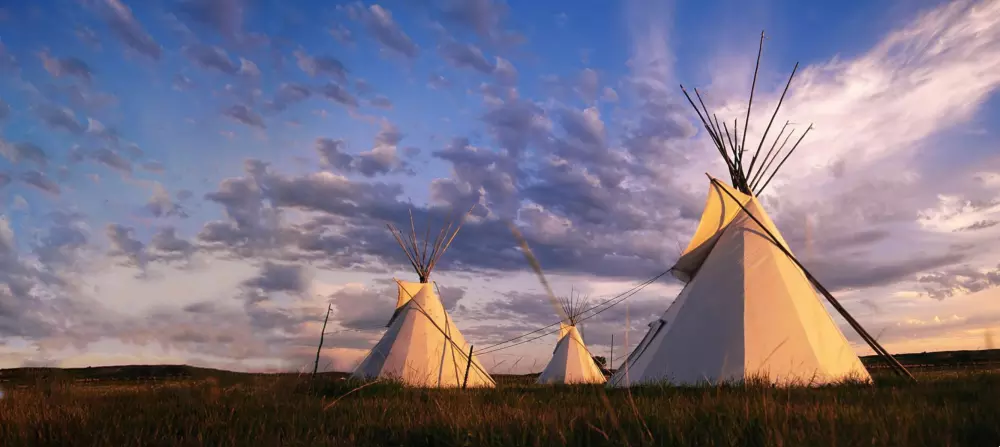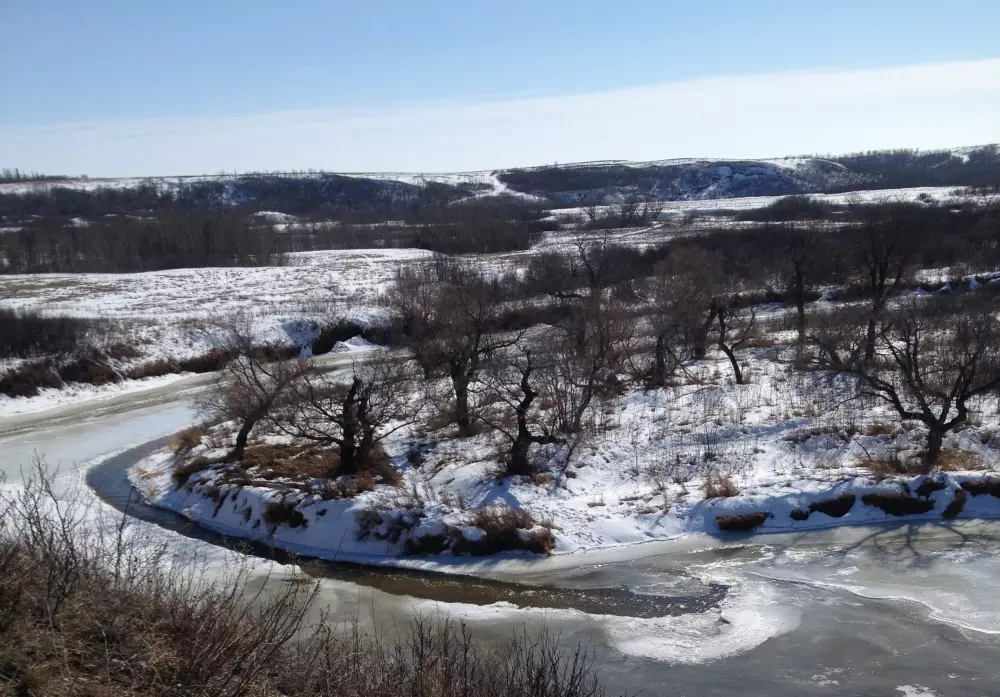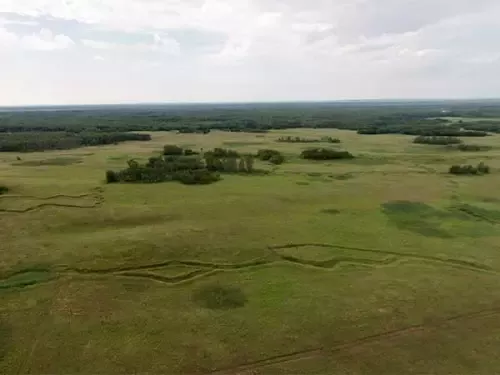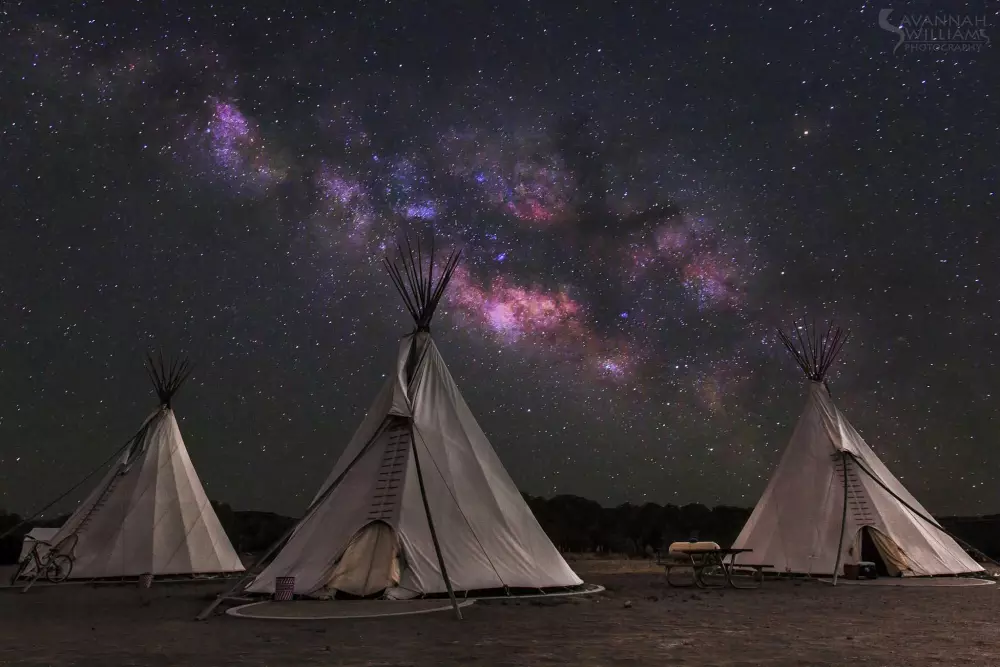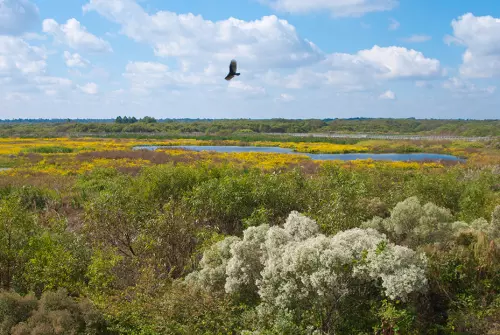Red Pheasant Cree Nation
Information
Cando, Saskatchewan
S0K 0V0
Council
- Dana Falcon
- Henry Gardipy Jr.
- Leroy Nicotine, Jr
- Lux Benson
- Mandy Cuthand
- Shawn Nicotine
- Sam Wuttunee
- Shawn Wuttunee
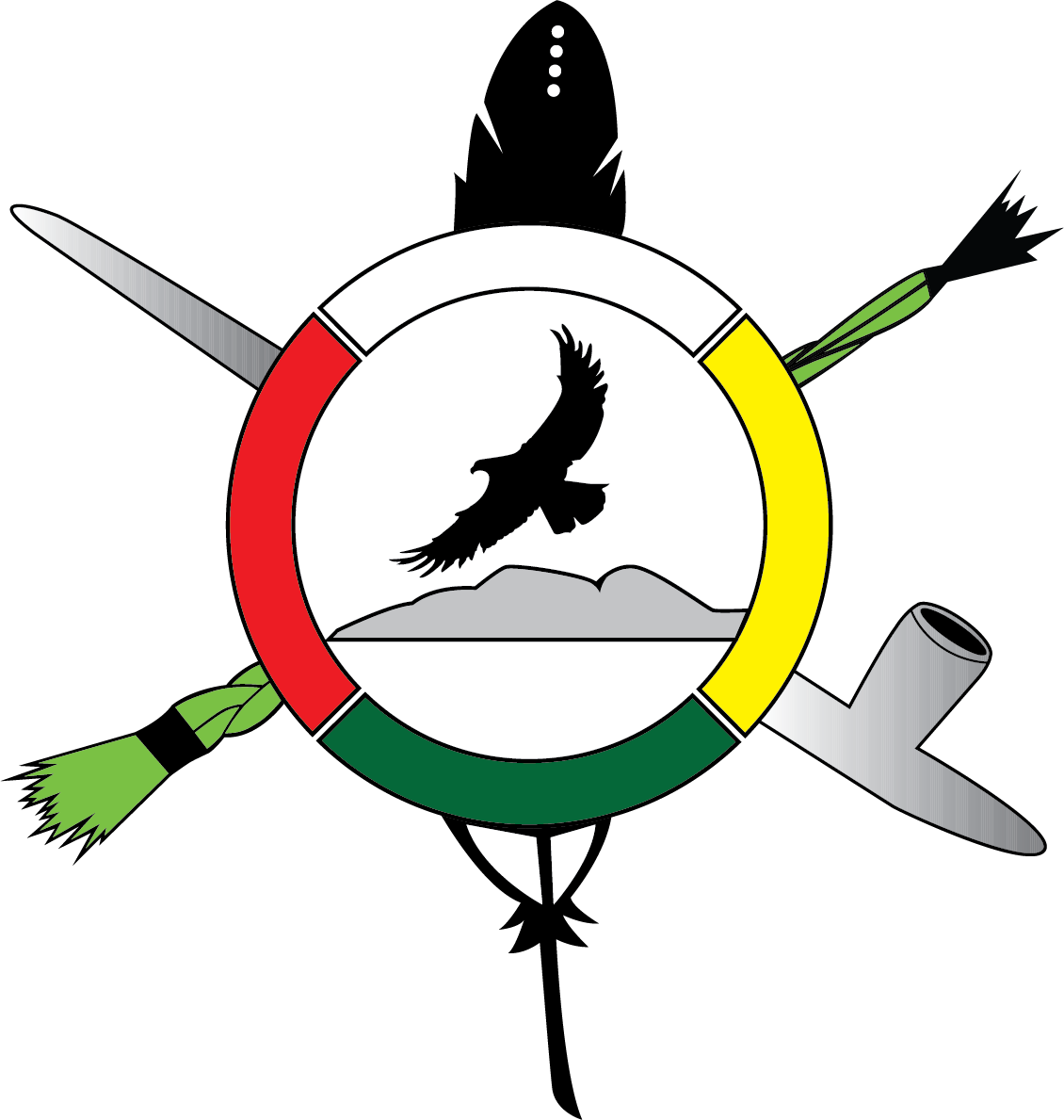
Prior to signing treaty, Chief Wuttunee (Porcupine) and his CREE band hunted and fished along the Battle River, and as settlers moved into the Battleford region where they conducted trade. Though Wuttunee was chief at the signing of TREATY 6 on September 9, 1876, he was not in favour of the treaty and appointed his brother Red Pheasant to sign for him. The department recognized Red Pheasant as the band's chief from that point. In 1878 the band settled on their reserve in the Eagle Hills, where the land was good and there was enough forest to enable them to hunt. Red Pheasant day school opened in 1880, and St. Paul's Anglican Church was built in 1885 on land set aside for that purpose when the reserve was surveyed. The reserve is located 33 km south of NORTH BATTLEFORD, with an infrastructure that includes a band office, band hall, school and teacherage, public works building, fire hall, and a treatment centre. The main economic base is agriculture, but the reserve hosts a band-owned grocery store, and in 1997 the band signed an oil and gas agreement with Wascana Energy Inc. The band's successful completion of a Treaty Land Entitlement Agreement has enabled them to increase their reserve's size to 29,345.7 ha, and invest in furthering economic development. The band has 1,893 registered members, 608 of whom live on the reserve.
In order to appreciate the responsibilities facing both Red Pheasant and Wuttunee as leaders of Red Pheasant, it is necessary to give an overview of their most immediate challenge, treaty discussions, negotiation and establishing Indian Reserves. This challenge was to change the lifestyle of Indians from nomadic hunters on traditional territory to life on smaller designated lands called Indian Reserves. Life on these smaller pieces of land required learning a new sustenance called farming.
After the Confederation of 1867, government decided to expand their presence in the west and promote settlement. This western expansion was on the traditional territory of Indian people. Before settlement could occur, the Canadian government (the Crown) had to buy out the trading monopoly of the Hudson’s Bay Company and obtain the permission of the owners of the land, the Indian people.
In the book Views from Fort Battleford by Walter Hildebrandt 1994, the author summarizes the numbered treaty process on the prairies as part of western expansion which included the change in lifestyle from buffalo culture to agricultural life.
The treaties were a last attempt to protect the resources the Cree used and shared with others. The treaties restricted their way of life but they believed they could move on the plains as they always had. Their protest against regulations that attempted to prevent their movement was perhaps best expressed in 1885, when they saw the treaties being used to isolate them
A historical overview is a valuable reminder in realizing their mind set. A summary review is provided in the 1987 book written by Douglas W. Light, Footprints in the Dust, as part of the history of this band of Cree and Mixed Bloods. The following are excerpts:
“ Red Pheasant, the leader of another group of River People lived in the Battleford – Eagle Hills region. They too, wintered in the wooden areas and hunted on the plains to the south in the summer. Red Pheasant was one of the spokesman at the treaty negotiations at Fort Carlton in 1876. Wuttunee or Tail Feathers, a brother of Red Pheasant, was formerly the leader of this band. Prior to the treaty signing, Wuttunee, who was not in favour of giving up lands to the Whites for a mere pittance, was replaced by Red Pheasant who then assumed leadership.
Red Pheasant was the third Chief to sign Treaty No. 6 at Fort Carleton on 28 August 1876, on which he is listed as Pee-yahn-kahmichk-oo-sit. He agreed to the terms of Lieutenant Governor Alexander Morris and Commissioners James McKay and W. J. Christie. His councillors, who signed with him were Poundmaker, Peaychew, Tawapiskoappo, and Ahskoos.”
Thus Red Pheasant became Chief and signed Treaty No. 6 at Fort Carlton and remained chief until his death in 1888 . Wuttunee became Chief again after Red Pheasant passed away. He was listed as Headman from 1888 until his passing in 1904. But it is important to understand that both men had concerns with Treaties in general. This will be covered later in their meeting with Governor Morris. Although Red Pheasant signed the Treaty, Wuttunee had influence in the negotiations. So both were involved during the treaty signing era. Between them, they shared the leadership from just before Treaty No. 6 in 1876 until 1904.
On September 16, 1876, Red Pheasant and Wuttunee met with Governor Alexander Morris at Battle River, near Fort Battleford, to emphasize their demands under Treaty. Following is a verbatim account of that meeting:
THE RED PHEASANT— “I am a Battle River Indian, and I have chosen this place before, and I am glad to see the Government here too, as I know there is a chance for living. I want the Half-breed claims at Battle River to be respected, and I do not wish to turn out any white man; but I wish to return to my former mode of life. Ever since my grandfather lived at Battle River, it has been my home. Our houses were swept off by the flood two years ago, and after that we repaired some old houses that were built by outsiders (other Indians), and we had fenced in the buildings; but a short time ago some Canadians arrived, knocked down the fences, and built inside the enclosure.
WAH-TAH-NEE — “We had chosen a point about a mile from the spot where we are speaking, and got out logs for fences and houses, and then we returned from the plains we found they had all been taken away. There are now twenty families, and ten more to come from the plains.
We wish to be remembered by the Queen, and we are thankful to see the Queen’s soldiers coming to make their homes on the land that we have been brought up on. I hope that the Queen will look upon our poverty when she hears that we are poor Indians and have welcomed her people to live amongst us. This is my country where I have lived. I want make way for the Queen’s men, and I ask her in return to keep me from want. Next spring I want to plant here, wherever I can get a piece of ground. By that time I may have selected a spot for my reserve. The reason I want to select my reserve is, that I do not want to be cramped up by settlers. In the meantime, I do not want any white men to settle on the Eagle Hills.
When I see that we are numerous, it will be in the Eagle Hills I will select as our reserve, although I am very reluctant to leave the place I have been brought up on. If I see that we are not likely to be numerous, I may select some other place across the Saskatchewan River. This man, Peter Ballendine knows that it is not because settlers are coming here that we speak of this place., Battle River, but because we were here from old. I wish that the Governor should give us some advice to think over during the winter.”
GOVERNOR— “ I am glad to give a word of advice. Next summer, Commissioners will come to make payments here, so that you may not have so far to go, and also that other Indians we have not seen, should come here also, to whom it may be convenient, and I hope that then you will be able to talk with them where you want your reserve. I will speak to you frankly, as if I was talking to my own children; the sooner you select a place for your reserve the better, so that you can have the animals and agricultural implements promised to you, and so that you may have the increase from your animals, and the tools to help you build houses, &c. When you are away hunting and fishing, the heat of the sun and the rain is making your crops to grow. I think you are showing wisdom in taking a place away from here, although it has been your home. It is better for the Indian to be away a little piece from the white man. You will near enough to bring your furs to a good market, and by and by I hope you will have more potatoes than you require, and have some to dispose of. I am very anxious that you should think over this, and be able to tell the Commissioner next year where you want your reserve.
I have asked Mr. Fuller to let you have three acres of land to plant your potatoes next spring, and he has replied that he will be very happy to let you do so, and to plough it for you as well, in the field he has enclosed. I am much pleased with the conduct of the Battle River Crees, and will report it to the Queen’s Councillors. I hope you will be prosperous and happy.
A couple years later after the negotiations and selection, Red Pheasant Reserve No. 108 was surveyed in August 1878 by G. A. Simpson, D.L.S. The reserve is located about 20 miles south of Battleford in the Eagle Hills area. The population was 416 in 1879. In 2022 the population of the Red Pheasant Cree Nation is 2,490 with 772 living on the reserve while 1,718 live off reserve throughout Canada and the United States.

